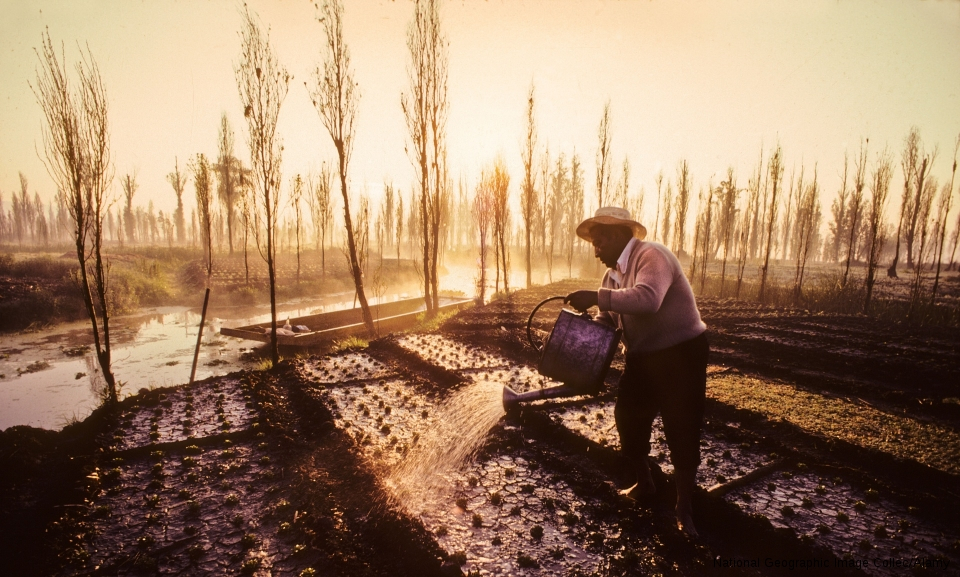Poor urban planning prompted thousands of Mexico City residents to build their own neighbourhood … on the ecologically protected Aztec heritage
When Doña Chela first settled in Tlalpizatli more than 20 years ago, they didn’t have any roads, electricity, running water – or even a bridge over the canal to the main road. So the new residents built a wooden bridge by themselves, and removed rocks and roots by hand to create roads into the area. “The history of the neighbourhood has been one of suffering, tears and joy,” she said, even though she knows “we haven’t advanced much.” They’re still working to get electricity for street lights.
Tlalzipatli is one Mexico City’s estimated 835 slums; the national government estimates that there are 300 in the delegación of Xochimilco alone (though activists suggest the true number is closer to 500). What makes these ones particularly remarkable is that the entirety of Xochimilco was designated a Unesco World Heritage Site in 1987. Its network of canals and artificial islands are a testament to the Aztec people’s determination to build a home in an unfavourable environment.
Its current residents face the same struggle – except that because a full 80% of the district is part of a federal ecological preserve, they could be moved out at any time.
....
María Luisa Vélez, who helped clear land for the El Pedregal community, recalled on Sunday at a community meeting in Tlalpizatli the difficulties they faced clearing volcanic rock and nopal cactus to build shelter and roads – and then living there without paved roads, electricity or running water. As their community grew, they were able to get paved roads only by cutting deals with municipal and federal politicians. The deal, she said, was simple: “I will give you x votes, but you must give me the paving of x metres.”
Today, though, there is some hope beyond quid pro quos with ambitious politicians: Techo, a non-profit dedicated to community-building in slums, is working to develop community leaders across the capital’s informal neighbourhoods. Crucial to this is the Right to the City charter. Based on the UN charter of the same name, the declaration, which passed in 2010, guarantees all residents of the city “the right … to a safe place in which to live in peace and with dignity through the generation of instruments to reduce and participative spaces to control speculation, urban segregation, exclusion, and forced evictions and displacements”.
In other words, even though they don’t own the land on which they’ve built a home, the charter guarantees them housing, with peace and dignity, and limitations on eviction.
....
Marta, a farmer who has lived in Xochimilco for 20 years, knows the dangers firsthand. She says she has seen people drop waste into the canal, which the farmers use to irrigate their crops. But since the government hasn’t provided any other running water, she and other farmers end up spreading the pollution on to the land they cultivate. Clearly, it’s environmentally damaging – but proper water supply could solve the problem and prevent Marta’s eviction. That’s precisely the kind of argument that the slum residents are learning to make.
Even with the charter, however, they have limited power. As central Mexico City becomes more expensive, poorer residents are being driven to the margins of the city – on to protected heritage areas like Xochimilco, and away from services. According to Dulce Colín of Techo, the charter is just a blueprint. “Without a radical reconsideration of the market process – without a forceful challenge to capital’s power – neither progressive charters nor legal instruments will produce an equitable and sustainable city.”
